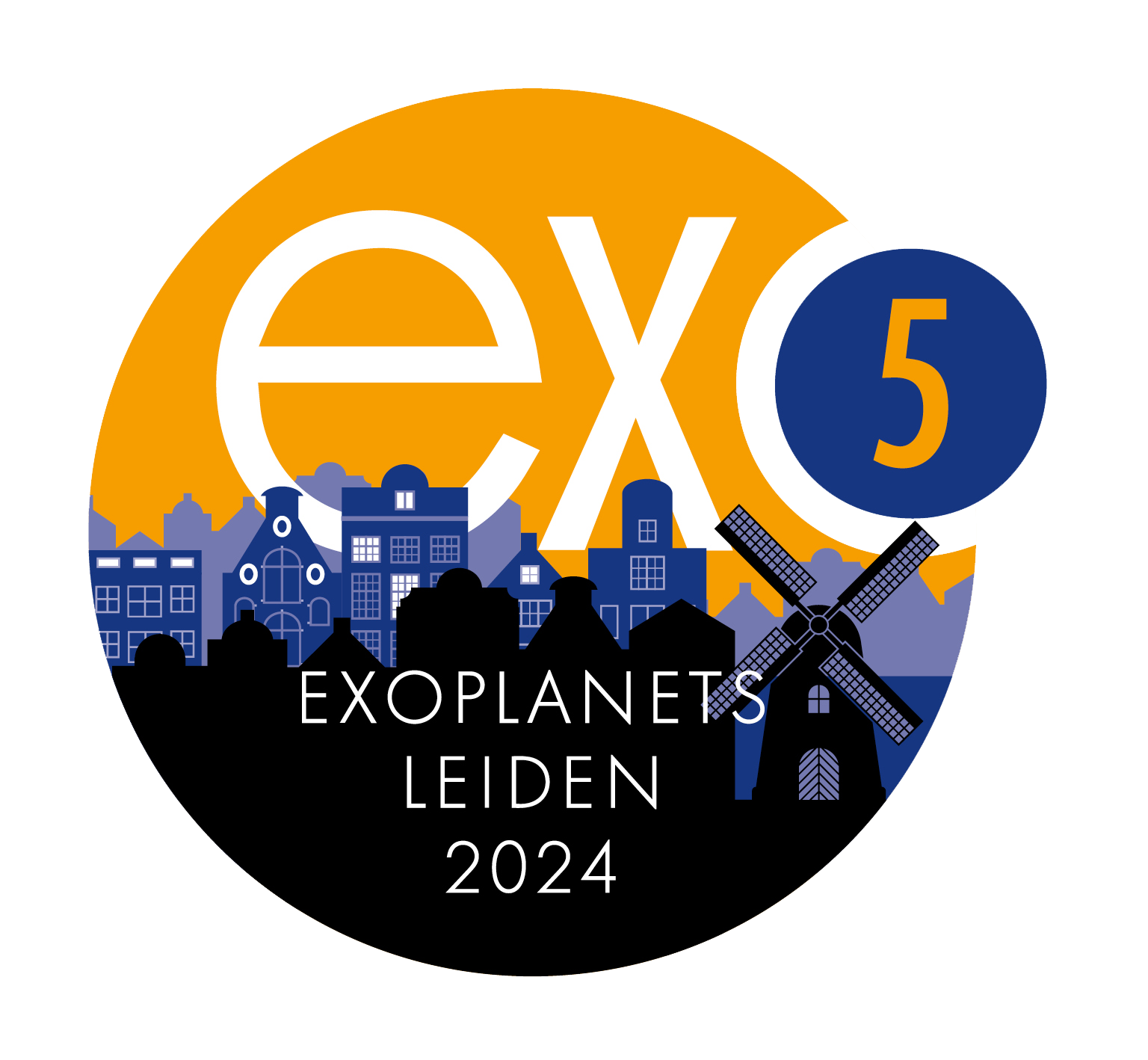CONFIRMED KEYNOTE SPEAKERS
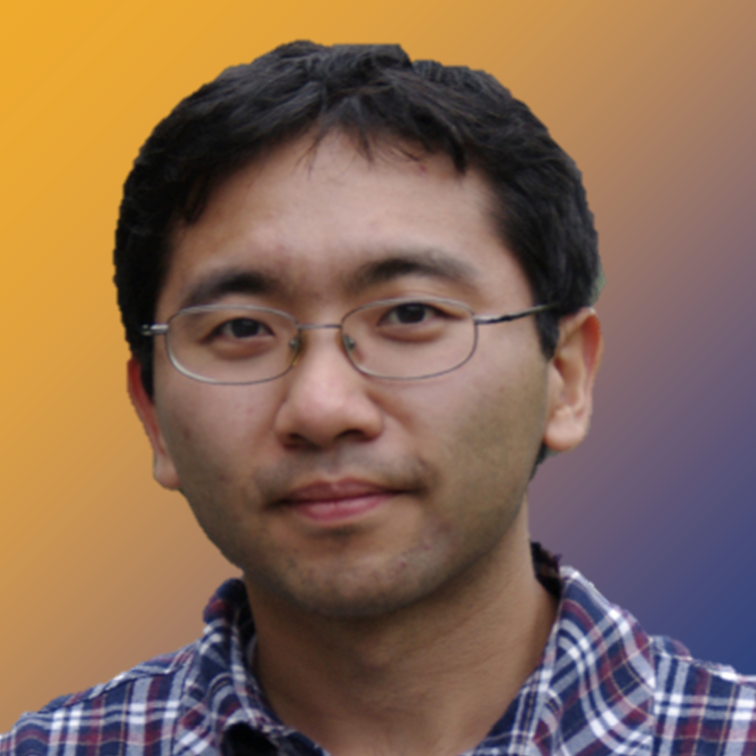
Xuening Bai
Professor, Tsinghua University

Shawn Domagal-Goldman
Supervisor Planetary Environments Laboratory, NASA’s Goddard Space Flight Center
Disk substructures and planet formation
The prevalence of substructures has been established as the new observational paradigm for protoplanetary disks (PPDs), but it remains largely elusive to what extent such substructures are related to planet formation. This talk will first provide a brief overview on recent progress in understanding PPD gas dynamics, followed by a discussion of the two major perspectives disk substructures: being potential causes and/or consequences of planet formation. It is shown that incorporating more realistic PPD gas dynamics, which is primarily governed by weakly-turbulent magnetized disk winds, is crucial to address these questions. Such studies point to efficient planet(esimal) formation in ring-like substructures, and that gap-opening from planet-disk interaction can be much easier than previously thought. The results also call for better understandings of the initial phase of disk formation.
About Xuening Bai
Dr. Xuening Bai is a professor at the Institute of Advanced Study and Department of Astronomy at Tsinghua University, Beijing. He obtained his PhD in astrophysics from Princeton University in 2012, and was a Hubble Fellow and ITC fellow at the Harvard-Smithsonian Center for Astrophysics from 2012-2017 before joining the faculty at Tsinghua University. He is a theoretical and computational astrophysicist studying the gas dynamics of protoplanetary disks and aims at understanding planet formation from more realistic disk microphysics. He also studies several aspects of plasma astrophysics, and develops computational tools for related applications.
The Habitable Worlds Observatory: Exoplanets and Astrobiology
Are we alone? The international community has plans to place that question into the domain of the scientific method. We are working on missions that are designed to search for evidence of biological activity on Mars, in the icy worlds in our outer Solar System, and on the myriad exoplanets beyond the Solar System. In this talk we will focus on the mission concepts designed to search for life on exoplanets – the Habitable Worlds Observatory (HWO) and the Large Interferometer for Exoplanets (LIFE). HWO is a concept for a UV to near-infrared space telescope designed to look at reflected-light spectra of Earth-sized planets in the habitable zones of their host stars to characterize their habitability and search for signs of life. LIFE is an interferometer that will observe light emitted from potentially habitable planets in the mid-infrared. We will discuss how HWO and LIFE will achieve this – both scientifically and from an engineering/technology standpoint. And we will discuss how both missions are independently critical to the story of life in the cosmos, and how our best results will come if both concepts are realized.
About Shawn Domagal-Goldman
Shawn Domagal-Goldman is the Deputy Director of the Science Exploration Directorate at NASA’s Goddard Space Flight Center. In this role, he helps oversee the broad portfolio of space science and science missions at NASA GSFC, spanning areas of astrophysics, Earth sciences, planetary sciences, and heliophysics. Shawn’s research background is as an astrobiologist that has been a member of multiple interdisciplinary teams that conduct research on the standards of evidence for biosignatures and assessment of exoplanet habitability from an interdisciplinary systems science framework. He’s also been on several teams for mission concepts to directly image planets around other stars.
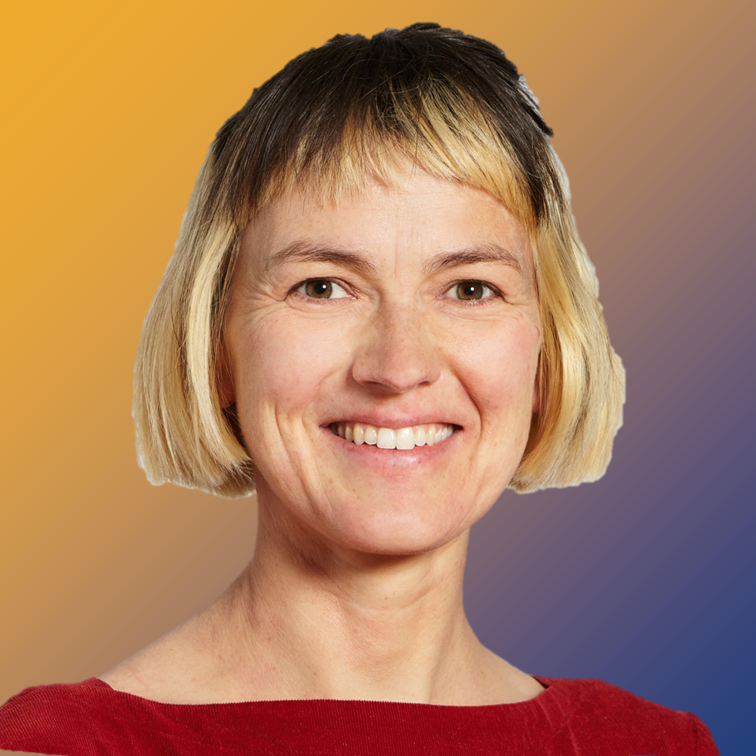
Caroline Dorn
Professor Exoplanets, ETH Zurich
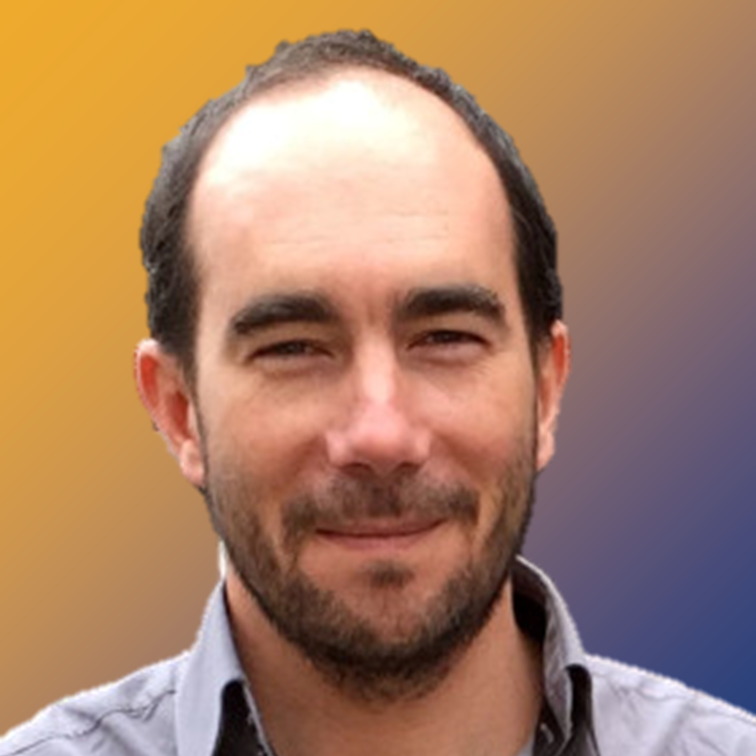
Sylvestre Lacour
Astrophysicist, Paris Observatory (LESIA)
Chemical & compositional coupling in the interiors of super-Earths and mini-Neptunes
The increasing number of newly discovered extrasolar planets reveal a remarkable diversity in planet sizes and mean densities. Among the most frequently occurring planets are super-Earths and mini-Neptunes, whose interiors are largely unknown. The majority of current exoplanet interior models suffer from simplified assumptions, as chemical & compositional coupling between rocks and volatiles were largely ignored. A unique opportunity emerges as the exoplanet community is just beginning to explore new dimensions of deep volatile reservoirs in exoplanet modelling. I will discuss a range of advances in interior modelling and I will highlight main achievements in finding exotic and less exotic worlds.
About Caroline Dorn
Caroline Dorn is an Assistant Professor at ETH Zurich since 2023. She is trained as a geophysicist and did her PhD in hydrogeophysics. Since 2013, she works on exoplanets at different institutions in Switzerland (University of Bern, University of Zurich, ETH Zurich). She received an Ambizione fellowship, a SNSF Prima Grant and a SNSF Starting Grant. Her group is part of the ETH Center for Origin and Prevalence of Life.
Optical Interferometry in Exoplanet Detection: Breakthroughs with the GRAVITY Instrument
Since 2019, the GRAVITY instrument has enabled optical interferometry to detect exoplanets from their thermal emissions. Notably, this method has led to the direct detections of exoplanets a few AUs from their star, such as Beta Pictoris c and HD206893 c. Interferometry offers unique advantages, including a small inner working angle, medium-resolution spectrum calibration, and precise astrometry. However, it does have some limitations, such as a narrow field of view. In this talk, I’ll provide an overview of the technique, highlight key findings, and discuss its synergistic potential when combined with observatories like Gaia, the JWST, and the ELT.
About Sylvestre Lacour
Dr. Sylvestre Lacour has made significant contributions to astronomy, encompassing areas such as the interstellar medium, stellar physics, and exoplanetology. A graduate of the Ecole Normale Supérieure and educated at The Johns Hopkins University, he has collaborated with esteemed institutions worldwide, including Sydney University, Cambridge University, MPE, and ESO. Dr. Lacour’s distinctive approach fuses engineering with astronomy, showcased by his work on the GRAVITY instrument and the innovative PicSat satellite. Currently, he spearheads the ExoGRAVITY Large program, uniting experts in direct exoplanet detection with pioneers in optical interferometry, cultivating a dynamic synergy between these specialized fields.
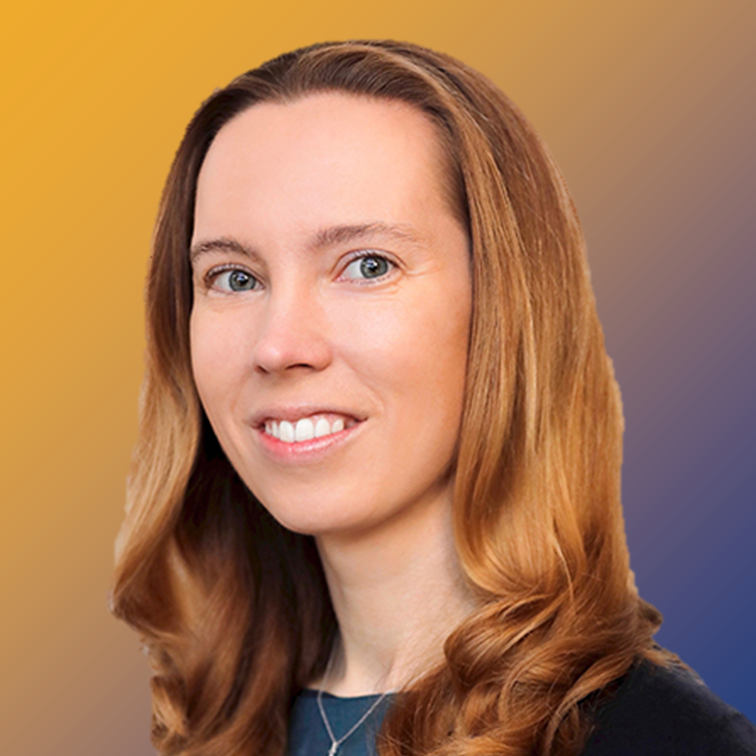
Karin Oberg
Professor of Astronomy, Harvard University
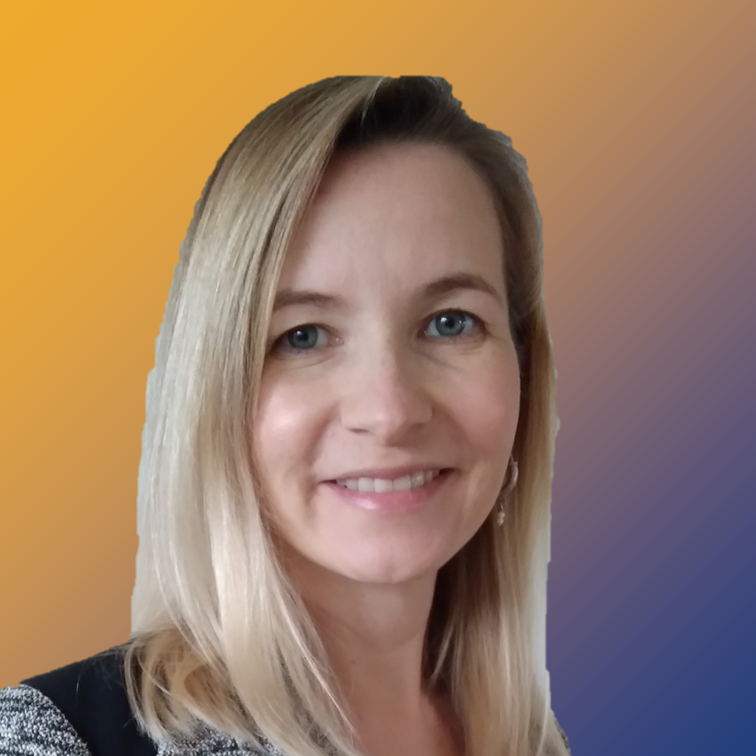
Antonija Oklopčić
Assistant professor, University of Amsterdam
Protoplanetary Disk Chemistry in the Age of ALMA and JWST
Planets form in disks of dust and gas around young stars, and the chemistry of these disks has a profound impact on planet formation. Disk chemistry regulates the gas and solid-state division of volatile elements, and therefore the C/N/O/H ratios of planet atmospheres, as well as the availability of water and other molecules associated with planetary habitability. Disk chemical structures also provide invaluable probes of disk dynamics, including those linked with ongoing planet formation. In the past couple of years we have entered a privileged time, when the combination of ALMA and JWST provides access to most of the disk chemical structure and volatile inventory, from the inner dust-sublimation edge out to cold disk beyond the CO snowline. In this talk I will review some of the theory governing the distributions of volatiles in disks, and then present how the ALMA and JWST observations are anchoring our understanding of multiple aspects of disk chemistry with direct relevance to the planet formation process, as well as the compositions of mature planets.
About Karin Oberg
Karin Öberg is the Thomas Dudley Cabot Professor of the Natural Sciences at Harvard. She obtained her Ph.D. in 2009 at Leiden University with a thesis in laboratory astrochemistry, followed by a Hubble fellowship at the Harvard-Smithsonian Center for Astrophysics focused on millimeter observations of disk chemistry. Her current interests span laboratory investigations into the properties and chemistry of interstellar ices, millimeter and IR observations of chemical structures in protostars and disks, and theory on the chemical evolution associated with planet formation. Her research has been recognized with a Sloan fellowship, a Packard fellowship, the AAS Newton Lacy Pierce Award, the Eddington lectureship, a Simons Foundation Investigator Award, and the Max Planck Harnack Lectureship.
Star-planet interactions
A large fraction of exoplanets discovered to date orbit their host stars at very short orbital separations. Such close proximity can lead to strong star-planet interactions in the form of intense stellar wind and irradiation impinging on the planet, as well as tidal and magnetic interactions. These processes can have a major impact on the evolution of close-in exoplanets, and particularly on their atmospheres by driving and controlling atmospheric escape and mass loss. In this review talk, I will discuss some recent findings on the observable signatures of star-planet interactions and how we can use them to better characterize exoplanetary systems.
About Antonija Oklopčić
Antonija Oklopčić is an assistant professor at the University of Amsterdam. Her research is focused on developing and using theoretical models and simulations in order to understand the properties and evolution of exoplanet atmospheres, particularly those undergoing the process of atmospheric escape. Antonija obtained her PhD from the California Institute of Technology in 2017. She spent three years at Harvard University as an Institute for Theory and Computation postdoctoral fellow and an NHFP Sagan fellow before joining the faculty at the University of Amsterdam in 2020.

Erik Petigura
Professor of Physics and Astronomy, UCLA

Kevin Stevenson
Staff Astronomer, Johns Hopkins University
Exoplanet demographics and the power of counting
I will provide an overview of our modern exoplanet census and new physical insights we have gleaned from emergent patterns in large samples of planets. In recent years, K2 and TESS have augmented Kepler’s view of close-in planets by surveying diverse stellar hosts. Meanwhile, the quality and consistency of the Gaia dataset has enabled new, multi-dimensional views of the exoplanet population projected along axes of stellar metallicity, age, and other properties. Legacy Doppler surveys have resolved the outer boundaries of efficient giant planet formation. Gaia-based accelerations have provided a new window into the Jovian population and presage a deluge of astrometric detections in the coming years. Finally, advances in statistical methods have enabled more robust measurements of planet occurrence rates and revealed subtle trends in the architectures of exoplanetary systems.
About Erik Petigura
Erik Petigura is a Professor of Physics & Astronomy at UCLA. Prior to joining UCLA, Petigura completed his graduate work at UC Berkeley where he worked with the Kepler Space Telescope to measure the prevalence of planets as small as Earth. He was then a Hubble Postdoctoral Fellow at Caltech and worked on a number of transit and spectroscopic projects including the California Kepler Survey.
Strange New Worlds
Is there a universal divide between planets with and without atmospheres, based on their incident flux and escape velocities? By studying exoplanets that span the atmospheric cosmic shoreline, we can place constraints on the prevalence of rocky, M-dwarf planetary atmospheres and the mechanisms that drive their escape. While there are numerous rocky exoplanet observing programs currently underway, we are still waiting for the first definitive detection of an atmosphere. Initial JWST results have been a mixed bag of null results, varying interpretations, and enticing spectral features that could be planetary or stellar in origin. There have also been plenty of lessons learned. Fortunately, we have only just begun to scratch the surface of rocky exoplanets and can look forward to new breakthroughs as we undertake more precise studies in future cycles.
About Kevin Stevenson
Dr. Stevenson enjoys working in the phase space overlapping planetary sciences, astrophysics, and astrobiology. He is the PI of CHAMPs, an interdisciplinary research team whose goal is to understand if M-dwarf planets can support life and how best to characterize them. He is also the PI of a large JWST Cycle 1 program to determine the prevalence of atmospheres around terrestrial planets orbiting nearby M-dwarf stars.
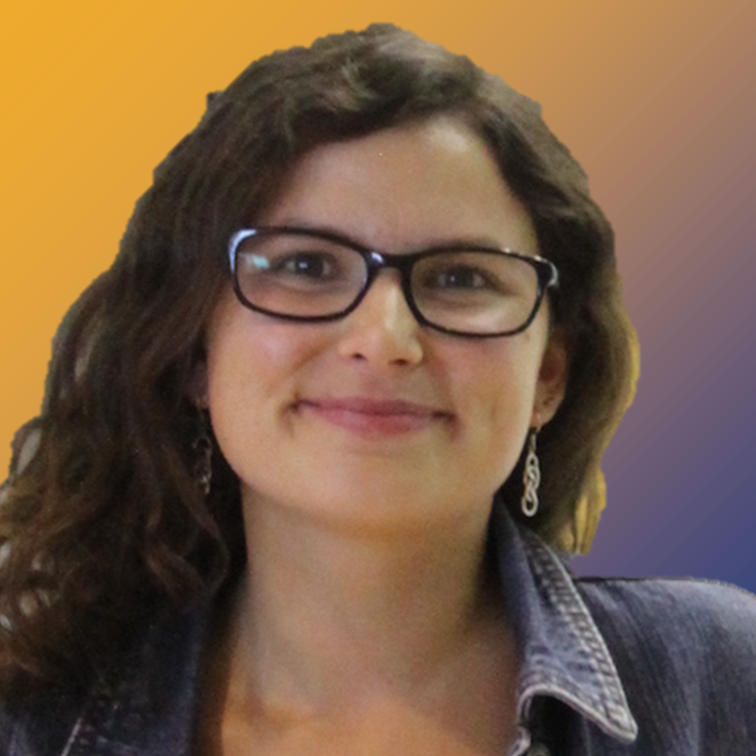
Hannah Wakeford
Associate Professor in Astrophysics, University of Bristol
Giant Exoplanet Atmospheres with JWST
In the 2 years since JWST’s science operations it has resulted in a paradigm shift in the information and understanding of giant planet atmospheres. The spectroscopic IR capabilities have revealed absorption from H2O, CO2, and CO with exquisite precision, provided the first look at elusive methane absorption, and shown a diversity of photochemistry and disequilibrium processes at play in giant planet atmospheres. Previously obscuring aerosols that plagued UV-optical spectra are revealing themselves via distinct absorption and emission in the mid-IR confirming for the first time in irradiated exoplanets theoretical predictions of cloud formation. Thus far, over 60 giant planets have been measured with JWST matching a decade of work conducted with Hubble and Spitzer. While the data are not without their challenges, I will the spectacular series of spectroscopic data obtained and explore the lessons learned from community wide efforts.
About Hannah Wakeford
Dr Hannah Wakeford is an Associate Professor in Astrophysics at the University of Bristol where she leads the exoplanet atmospheres group. Hannah’s work focuses on characterising the chemistry and dynamics at play in the atmospheres of transiting exoplanets and brown dwarfs through observations with Hubble and JWST. Hannah has a keen interest in aerosols and has developed theoretical models for exotic clouds in exoplanet atmospheres using them to interpret observations and make prediction for future studies. Alongside her research she is a science communicator and a host on Exocast: The Exoplanet Podcast home to the ExoCup competition.
